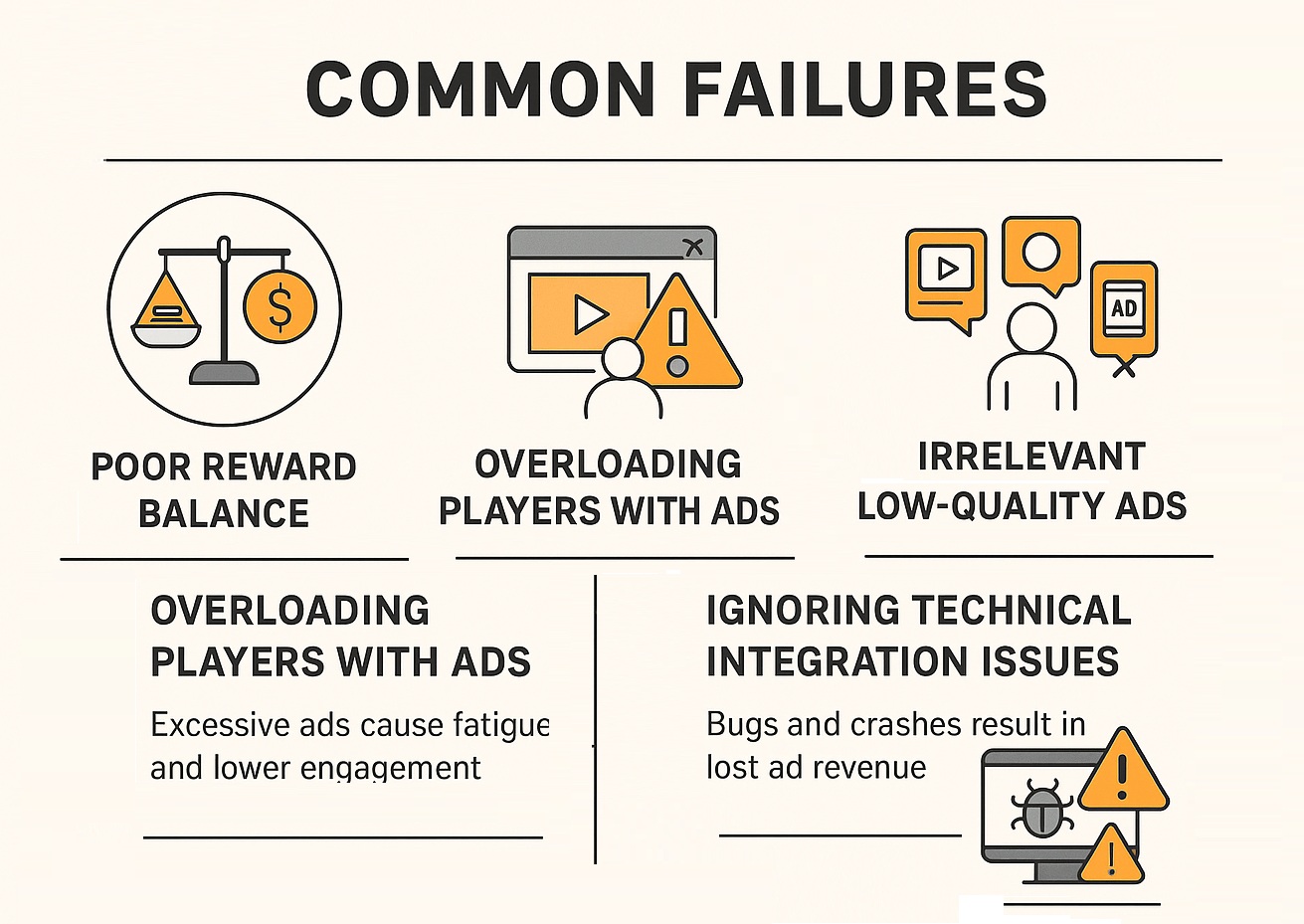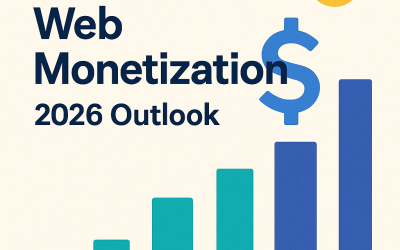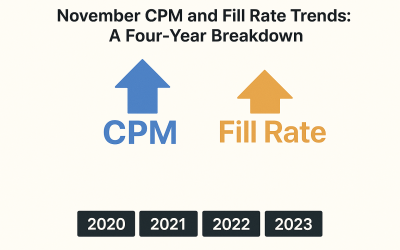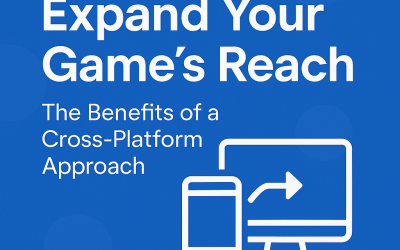Common Rewarded Video Monetization Mistakes and How to Avoid Them
Rewarded video ads have become the cornerstone of modern mobile game monetization, offering developers a way to generate substantial ad revenue while maintaining positive player experiences. Unlike intrusive banner ads or forced interstitials, rewarded video ads give players agency—they choose to watch an advertisement in exchange for in-game currency, power-ups, or other valuable rewards.
The power of this monetization strategy lies in its win-win nature: players get meaningful rewards that enhance their gaming experience, while developers earn revenue through CPM payments and improved player retention. When implemented correctly, rewarded video ads can significantly boost ARPDAU and LTV without negatively impacting user satisfaction.
However, despite their potential, many developers struggle to maximize the effectiveness of their rewarded video implementations. Poor execution can lead to decreased ad revenue, frustrated players, and ultimately, failed game monetization strategies. This blog post examines the most common rewarded video monetization failures and provides actionable solutions to help you avoid these costly mistakes.
Contents
Common Rewarded Video Ad Monetization Failures
Failure 1: Poor Reward Balance
One of the most critical mistakes developers make is offering rewards that are either too generous or too stingy, both of which can devastate your game’s economy and revenue potential.
Example: A match-3 puzzle game offers 500 coins for watching a 30-second rewarded video ad, but players only need 100 coins to purchase powerful boosters. Within a few ad views, players have accumulated enough currency to breeze through dozens of levels without making any in-app purchases.
Consequence: When rewards are too generous, players stop spending real money entirely. Your IAP revenue plummets as free currency from ads satisfies all player needs. Conversely, if rewards are too small, players won’t engage with ads, reducing your fill rate and overall ad revenue.
Fix: Use ARPDAU and LTV data to fine-tune your reward structure. A good rule of thumb is that ad rewards should provide 10-20% of your smallest IAP value per ad view. Monitor your game’s economy through monetization analytics and consider implementing dynamic reward scaling based on player progression.
Failure 2: Bad Ad Placement
Strategic placement of rewarded video opportunities can make or break your monetization strategy. Poor placement disrupts gameplay flow and creates negative associations with your ad experiences.
Example: A racing game shows rewarded video prompts immediately after players crash, interrupting the natural gameplay rhythm. Players become frustrated with constant interruptions and begin associating ads with failure rather than positive outcomes.
Consequence: Intrusive ad placement leads to high churn rates and negative app store reviews. Players who feel bombarded by poorly timed ad offers are more likely to uninstall your game.
Fix: Offer rewarded video ads at natural break points: after completing levels, when players run out of energy, at the start of challenging levels, or in dedicated reward centers.
Failure 3: Overloading Players with Ads
Example: A casual farming game offers rewarded video ads for every possible action, presenting players with 10+ ad opportunities within a single 5-minute play session.
Consequence: When players are overwhelmed with ad opportunities, they experience ad fatigue, leading to lower engagement and reduced eCPM rates.
Fix: Implement frequency capping to limit rewarded video ads to 3-5 opportunities per session. Focus on quality over quantity—offer fewer, more valuable ad experiences.
Failure 4: Irrelevant or Low-Quality Ads
Example: A children’s educational puzzle game displays casino gambling ads or mature-rated game advertisements, creating jarring experiences that players actively avoid.
Consequence: Irrelevant ads result in poor CTR, low conversion rates, and reduced eCPM. Players begin to ignore ad opportunities entirely, creating a downward spiral in ad revenue.
Fix: Partner with reputable ad networks and DSPs that offer robust targeting capabilities. Platforms like AppLixir specialize in HTML5 game monetization and understand the importance of relevant, engaging ad content.
 Failure 5: Ignoring Technical Integration Issues
Failure 5: Ignoring Technical Integration Issues
Example: A Unity game experiences frequent crashes when loading rewarded video ads, or players watch complete ads but don’t receive promised rewards.
Consequence: Technical issues lead to lost ad revenue opportunities and severely impact player retention. Nothing frustrates players more than watching a 30-second ad and receiving nothing in return.
Fix: Thoroughly test your SDK integration across different devices and network conditions. Implement fallback ad systems, robust error handling, and monitor key metrics including fill rate and reward delivery success through your ad network dashboard.
How to Avoid Rewarded Video Failures
Use Analytics to Drive Decisions
Data-driven decision making is the foundation of successful monetization strategies. Track ARPDAU and LTV trends to understand how monetization changes affect long-term player value. Monitor rewarded video engagement rates to identify player preferences and ad fatigue patterns. Understanding player retention correlations with ad viewing behavior reveals whether your strategy supports or hinders long-term engagement.
Analyze conversion funnels from ad views to IAP to understand how rewarded videos influence purchasing behavior. Platforms like AppLixir provide detailed ad revenue calculators and analytics dashboards that consolidate these metrics into actionable insights.
A/B Test Everything
A/B testing transforms guesswork into scientific optimization. Test reward amounts and types to discover what players value most. Compare different ad placement timing and frequency to find the optimal balance between revenue opportunities and player experience. Test creative presentation and messaging—something as simple as changing “Watch Ad for Coins” to “Earn Bonus Rewards” can improve engagement by 20% or more.
Choose the Right Monetization Platform
Your monetization platform choice fundamentally determines your success potential. Evaluate platforms based on fill rate and eCPM performance in your key markets, integration ease with your development platform, advertiser demand quality, and available analytics tools. AppLixir specializes in HTML5 game monetization with comprehensive solutions for web-based games, while platforms like Google AdMob or Unity Ads might better serve mobile native games.
Leverage Advanced Monetization Tools
Ad mediation technology automatically optimizes between multiple ad networks to maximize fill rates and revenue through real-time auctions. Player segmentation enables personalized monetization experiences based on behavior patterns and spending history. Ad exchange integration provides access to premium programmatic demand that often pays higher rates than standard network inventory.
Best Practices for Rewarded Video Ads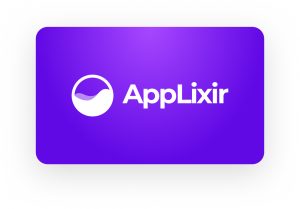
Offer Meaningful but Balanced Rewards
Premium currency rewards should be substantial enough to feel worthwhile but not so generous that they replace purchases. Time-savers like instant completion or extra energy provide player value without disrupting game economics. Power-ups and exclusive content create excitement and immediate gratification while maintaining separate value propositions from your IAP catalog.
Integrate Ads at Moments of Choice
Strategic ad placement occurs naturally within your game’s progression systems. Soft currency shortage moments, energy system limitations, and challenging levels create natural demand for ad opportunities. These placements work because they address immediate player needs with clear solutions.
Optimize with Diversified Networks
Don’t rely on a single ad network. Implement ad mediation to maximize fill rates across different markets, optimize eCPM through competitive bidding, and reduce dependency on individual DSP performance. This approach often results in 20-40% higher effective rates while ensuring consistent ad availability.
Continuously Test and Iterate
Game monetization success requires treating optimization as an ongoing process. Analyze monetization performance metrics on multiple timescales, test new reward structures and ad placements regularly, and stay informed about industry trends and competitive developments.
AppLixir Summary
Rewarded video ads represent one of the most powerful game monetization strategies available to developers today. When implemented correctly, they can significantly boost ad revenue, improve player retention, and create positive gameplay experiences.
However, poor implementation can devastate both your monetization performance and player satisfaction. The failures outlined in this post—poor reward balance, bad ad placement, ad overload, irrelevant content, and technical issues—are entirely avoidable with proper planning and execution.
Success requires a player-first approach combined with data-driven optimization. By using comprehensive monetization analytics, conducting regular A/B testing, and partnering with quality platforms like AppLixir for HTML5 games or other specialized ad networks for mobile apps, you can create a monetization strategy that maximizes both ARPDAU and LTV while maintaining player satisfaction.
Remember, effective mobile game monetization is not about extracting maximum short-term revenue—it’s about building sustainable systems that generate consistent ad revenue while fostering positive player relationships that drive lasting engagement and growth.
